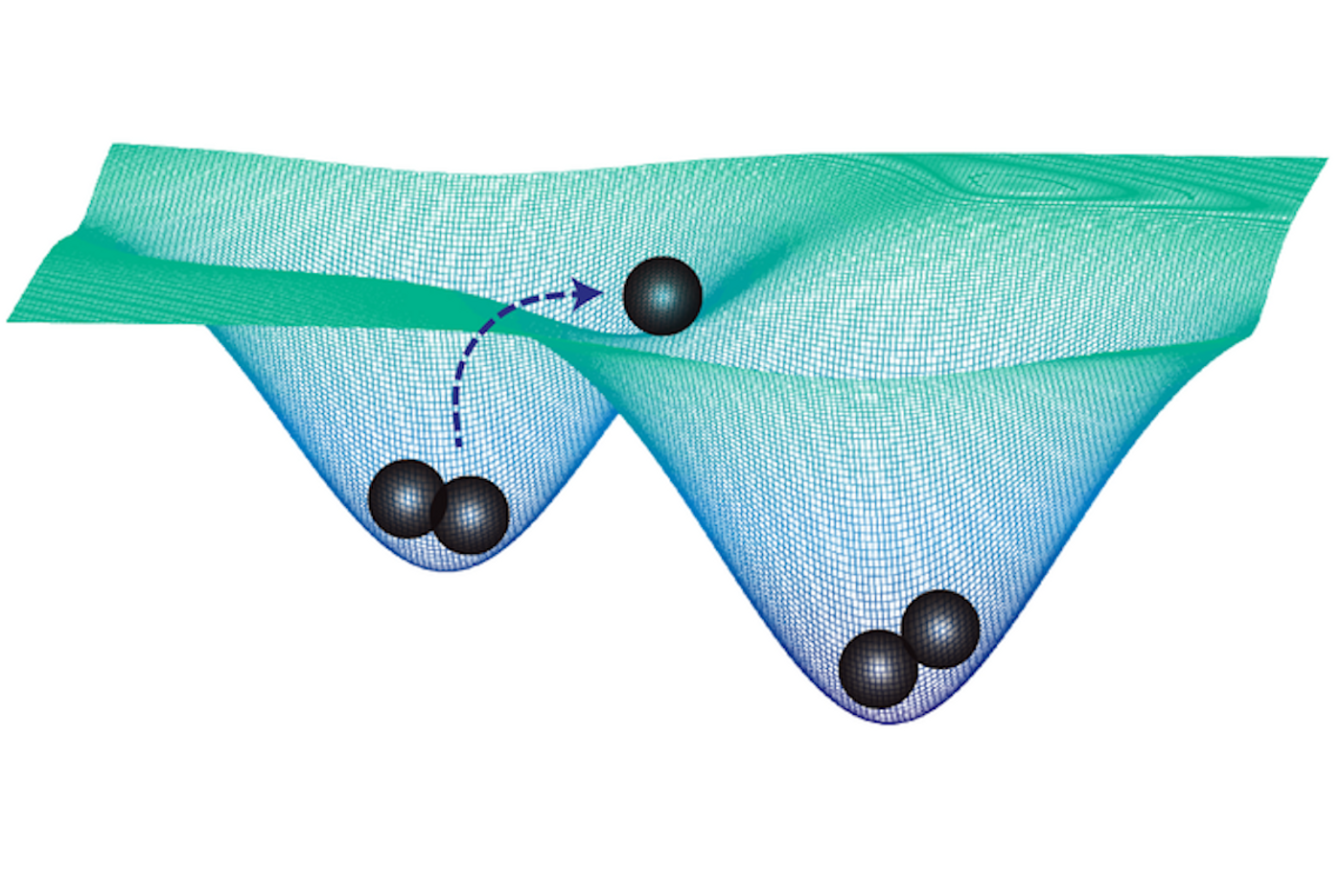Cell-to-Cell Communication is a Crucial Aspect of Determining Fate
Our body starts with one cell that must divide into new cells, which also divide, and eventually, all the cells produced from that first one have to know what they are, where they should go, and how they should function, in order to form an organism with a variety of cell and tissue types. This process is still not well understood for many types of cells. We do know that stem cells are able to use cues to express certain genes so that they can specialize. Stem cells in the bone marrow, for example, can take different paths, and may become one of several cell types include red blood cells, white blood cells, or platelets.
Researchers have now learned more about how signals sent from one cell to another can influence their fate. For example, the genes GATA1 and SPI1 are known to inhibit each another. GATA1 is expressed in megakaryocyte-erythroid cells, while SPI1 is expressed in granulocyte-monocytes. But gene expression is not enough to explain cell fate decisions. This study indicated that external signals play a role as well, and created a new model incorporating both gene networks and cell-to-cell communication. The findings have been reported in Development.
The work showed that communications between cells have a significant impact on blood cell formation, and that the distance between cells has an influence on the process; cells that are closer together have a bigger impact on one another's specialization. A gene expressed in a cell that has chosen a certain fate will repress another gene expressed in a different cell.
While there has been speculation about the factors that push a cell own one path, and questions about the impact of the internal workings of the cell on the choice, this research has suggested that cell-to-cell communication can be a determining factor.
Leukemia can arise when the growth of white blood cells gets out of control, so understanding how cells are sent down their path could open up new treatment or prevention options for some types of cancer. It may also help improve the process of bone marrow transplants, which may be used to treat leukemia patients whose bone marrow has to be eliminated with radiation and chemotherapy.
A better understanding of how stem cell fate decisions are made in the body "could provide new insight to improve clinical outcomes for these diseases," said study author Adam MacLean, assistant professor of quantitative and computational biology at the University of Southern California.
This work may also provide insights about other types of cells, and whether cell-to-cell communication is crucial to many of their fates. New methods are in development at the MacLean lab in an effort to reveal more about the expression of key genes that are involved in cell fate decisions. Additional work and experiments will help create better models of gene regulation networks to study the system as well.









